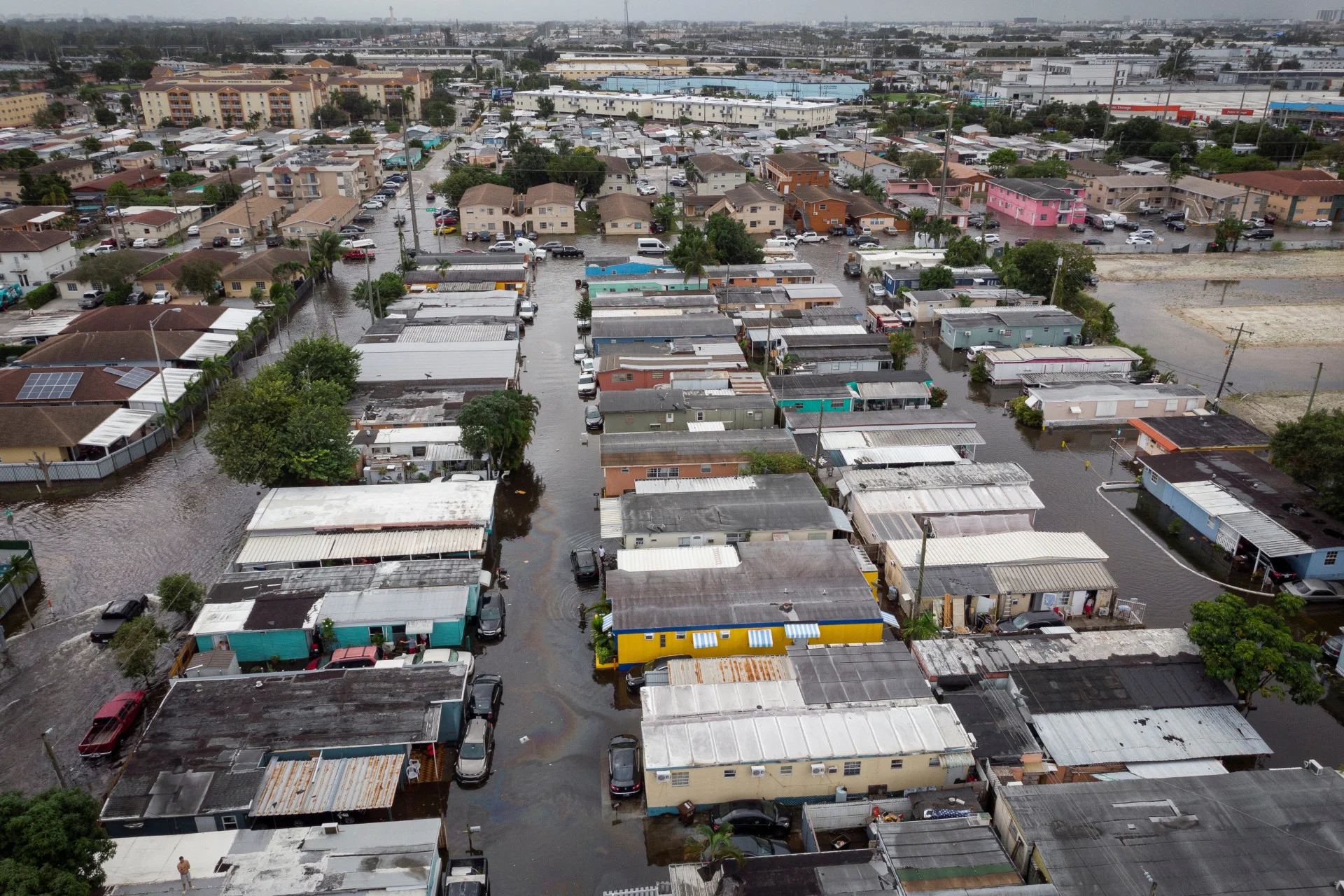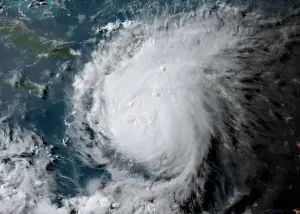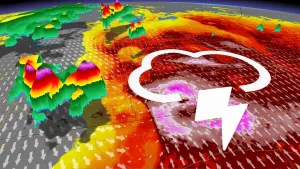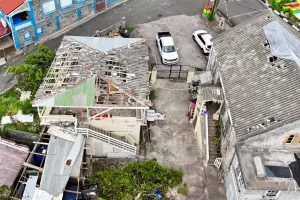
Major storm leaves South Florida streets underwater, thousands without power
By Rich McKay
(Reuters) - A fierce storm packing hurricane-force wind gusts dumped more than a foot (30.5 cm) of rain on parts of South Florida on Thursday, flooding homes and streets, downing power lines and trees and leaving tens of thousands of homes and business without power.
The storm, which started on Wednesday, dropped almost 14 inches of rain from Key Largo to Fort Lauderdale while wind gusts topped out at 86 mph (136 kph), the U.S. National Service said on Thursday.
More than 86,000 homes and businesses remained without electricity early on Thursday afternoon across Miami-Dade, Broward and Palm Beach counties, according to the tracking site poweroutage.us, as the storm crawled north.

A man pushes a cart as he walks in a flooded street in Hialeah, Florida, U.S., November 16, 2023. (REUTERS/Marco Bello)
SEE ALSO: Risk of outages, localized flooding with weekend weather bomb in Atlantic Canada
The number of outages topped out at more than 100,000 late on Wednesday.
"The worst is over for South Florida, but they'll still see two to four inches today before it's over," David Roth, a meteorologist with the National Weather Service, said on Thursday.
The system will also bring two to four inches of precipitation to Central Florida, he said, before the storm moves north to the Carolinas in the evening and into Friday.

A general view of flooded streets in Hialeah, Florida, U.S., November 16, 2023. (REUTERS/Marco Bello)
EXPLAINER: How Colorado lows and Texas lows affect our weather in Canada
A flood watch remained in effect for Miami-Dade, Broward and Palm Beach counties on Thursday.
The storms were driven by a low pressure system and warm waters in the Gulf colliding with cooler air and water on the state's Atlantic coast, Roth said.
The severity and frequency of major storms affecting the U.S. in recent years is linked to global warming. This year's Atlantic hurricane season, which officially runs from June 1 to Nov. 30, has been another in a string with above average activity.

A general view of flooded streets in Hialeah, Florida, U.S., November 16, 2023. (REUTERS/Marco Bello)
(Reporting by Rich McKay in Atlanta; Editing by Marguerita Choy)









